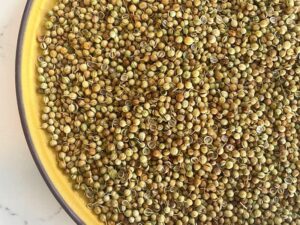How to Deadhead Petunias

Deadheading petunias refers to a pruning methods that aims at extending the period that your flowers will produce blooms, making your plant to look healthier, and increase the number of blossoms. Cutting of the dying and dead blossoms will prevent seed maturity that occur in the green portions under the blooms. Even though the flower will die, the green portion left behind will give seeds not unless you eliminate it alongside the blossom. This procedure will take several minutes or hours depending on the number of petunias you have. You will realize better results when your petunias grow in small containers than when they grow on a large garden.
Deadheading is a gardening chore that needs to be done throughout the year. If you learn how to deadhead petunias, your plant will start looking neater because dying flowers will start looking brown, dry, or mushy. This outlook will distract what you would like to achieve in your garden. Your plants will conserve energy because removing dead blooms will direct the plant’s energy towards improving its health. Cutting the flower stalks of petunias will allow all the plant’s energy to go into its foliage and roots.
Deadheading also prevents seed formation. Petunias will outgrow their space if they are allowed to self-sow. Since this plant grows differently in separate climatic conditions, one gardener’s invasion can be the other one’s challenge. Deadheading will also encourage the plant to set more flower buds. Plants usually flower to set seeds but if the flowers are removed before maturity into seeds, petunias will end up growing into more flowers. Petunias will continue growth throughout the growing season if deadheaded. They will keep repeating bloom through the season. Your garden will keep looking colorful and fresh at all times.
How long does celery last?
There is no precise way of answering the question; how long does celery last? However, the answer lies in the storage mode. The date and period this vegetable lasts varies on how you store it. All the methods are cold because you cannot leave it over the counter. If it gets warm, you will notice that it loses its crunch and crispness. If you want to maximize celery’s shelf life, you need to enhance the way you are storing it. Many individuals prefer storing it whole, in a wrapped, damp paper towel. You will then have to wrap it in the aluminum foil before keeping it in the refrigerator.
The other choice is storing it in a sealed plastic bag. Plastic vessels have the right design for keeping celery fresh. Why should you use aluminum foil? Celery starts going bad when it releases the ripening hormone called ethylene. The foil will allow ethylene to get out while plastic bags will hold these hormones within the bag. Using the foil is recommended because it stops celery from losing its crunchy properties and over ripening. If you keep it for several weeks, you will have to cut off the leaves and base before wrapping it in the aluminum foil.
When you want to freeze your celery, you will start by cleaning the stalks thoroughly and cut them into one and a half inches. You will have to place the chopped pieces of celery in boiling water for about three minutes. You will have to transfer them into cold water quickly. This process is called blanching. The cooking process stops immediately the celery gets into the cold water. Draining the cold water afterwards will enhance moisture content of the stalks. If you want to get the best result, you will have to keep the moist stalks in an airtight vessel and freeze with immediate effect.






